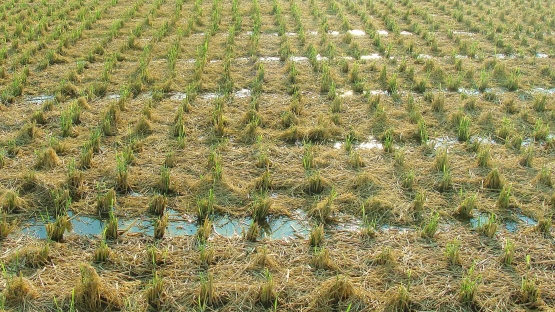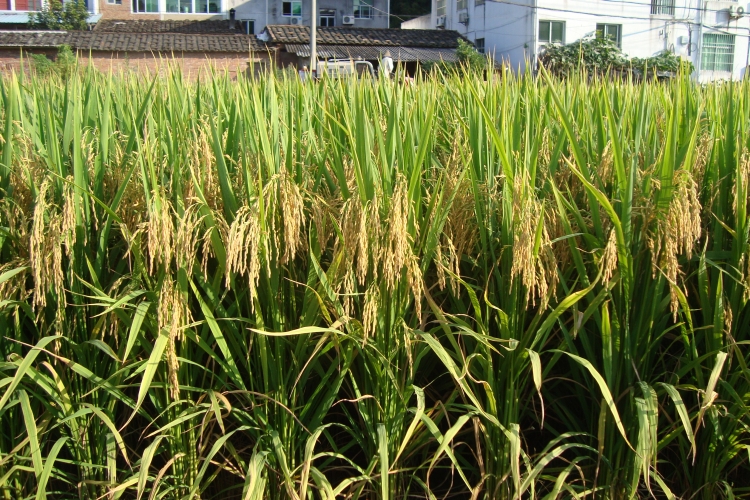The IAEA, in cooperation with the Food and Agriculture Organization of the United Nations (FAO), recently completed a coordinated research project (CRP), D15013 (Approaches to Improvement of Crop Genotypes with High Water and Nutrient use Efficiency for Water Scarce Environments ) that aimed to improve crop productivity and food security in harsh agricultural environments. The CRP demonstrated the success of a combination of nuclear and related techniques across ten countries, which led to increased crop yields (including some double-harvests) and savings in both water and fertilizer use under environmental stress conditions, such as drought, low soil fertility and high soil salinity.
Nuclear science provides a range of techniques for improving agricultural productivity. This CRP employed a combination of soil and water management practices and crop mutation breeding to make crops more robust to changes in climate and to produce better yields.
Plant mutation breeding involves using radiation to induce changes in the DNA (i.e. in the genotype) of plant species followed by screening for useful agronomic traits. New traits resulting from this treatment are then selected for useful agronomic traits, multiplied and made available to farmers. The new crop varieties used in this CRP had been selected for improved adaptability to climate change.
Soil and water management can also be enhanced through nuclear techniques. The Joint FAO/IAEA Division uses nitrogen-15 as a tracer to estimate how efficiently crops take up the nitrogen fertilizer applied by farmers to maximize crop yields, or to quantify the amount of nitrogen that legume crops can acquire from the atmosphere. Similarly, carbon-13 is used to evaluate crops for their ability to use water efficiently and hence ensure that natural resources, such as land, water and soil nutrients, are used more efficiently and sustainably in specific agricultural situations.



